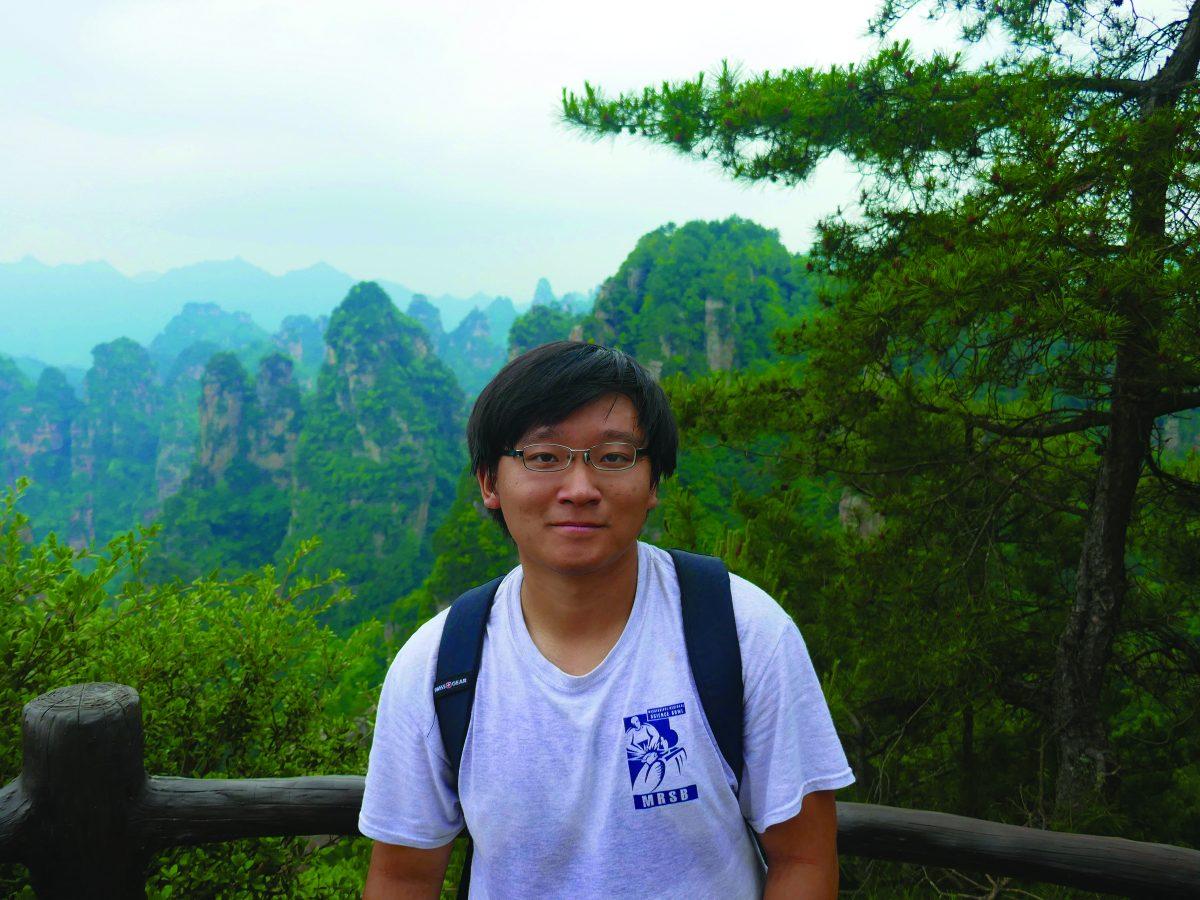For the department of plant and soil sciences at Mississippi State University, gardening is simple–it takes seeds, fertilizer, remote-sensing satellite technology and a million dollars worth of climate-controlled plant growth chambers. The department is split into two undergraduate programs (agronomy and horticulture) and offers graduate studies in the programs as well as a master’s degree in weed science.
With over 40 faculty members, the department of plant and soil sciences is among the largest on campus.
Its main office is at 117 Dorman Hall, but the real gem of the department is the Crop Simulation Research Unit, a high-tech research facility on U.S. Highway 82.
“It was built in 1977 as a USDA (United States Department of Agriculture) facility, but it was given to MSU about four years ago,” research professor K. Raja Reddy said. “It is one of the premier research facilities in the world. There are only three like it in the country.”
The facility uses experimental cotton crops scanned by satellite-based remote sensors to test for environmental factors such as global warming and ultraviolet radiation.
However, the most accurate and comprehensive research comes from the soil-plant-atmosphere-research chambers. Each of the 8-foot-tall chambers cost $100,000, but the data they gather could be worth much more.
“The SPAR chambers help us determine which nutrients benefit plants the most,” Reddy said. “We have over 150 sensors that measure plant growth and environmental factors like UV radiation, photosynthesis and carbon dioxide emission.”
According to Reddy, carbon dioxide is the key to plant development.
The chambers are linked to computers that measure the amount of carbon dioxide and the resulting change of temperature every 15 seconds.
Perhaps the key advantage to the SPAR chambers is its heating and cooling capability that can change climates within their plexiglass walls.
“We can create future climates and determine how to make plants more adaptable to them,” Reddy said.
The ability to engineer more adaptable crops for the future is so alluring that Alec Richardson decided to come to MSU, where he is currently earning his second doctorate degree.”I’ve always been interested in crop simulation,” Richardson said. “It’s important that we survey how climate can change the physiological yield of crops so that we can predict yields into the next century.”
Although the department strives to make crops more adaptable to our changing world, it does not use any controversial biotechnological methods, such as gene splicing. However, the department of plant and soil sciences is not all about fresher produce and softer cotton.
Students in the department have a wide variety of careers to choose from, such as retail floristry and sports turf management. The department of plant and soil sciences seems to be well rooted for the future.
High-tech crop system at MSU
Donate to The Reflector
Your donation will support the student journalists of Mississippi State University. Your contribution will allow us to purchase equipment and cover our annual website hosting costs.























































































